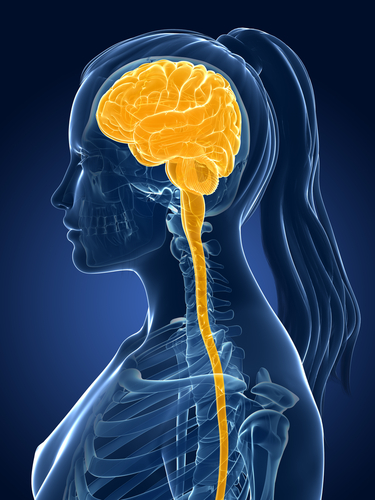Arrows and Colors Test Measures Cognition in Severe ALS Patients

A newly developed test, known as the arrows and colors cognitive test, can be used to measure cognition in amyotrophic lateral sclerosis (ALS) patients who have severe motor and verbal disabilities.
A study about that assessment tool, “The Arrows and Colors Cognitive Test (ACCT): A new verbal-motor free cognitive measure for executive functions in ALS,” was published in the journal PLOS ONE.
Patients with ALS exhibit cognitive and behavioral changes. The most common issues in patients with ALS include changes in conducting s0-called executive functions — planning, organizing and completing tasks. Executive dysfunction in ALS patients is recognized as a variable that influences disease management and progression.
So, being able to appropriately assess the levels of executive dysfunction is important in determining treatment and prognosis.
Traditionally, “paper-and-pencil” tests are used to assess the presence of cognitive impairment. However, these tests are not able to reliably capture cognitive impairment in patients with moderate-to-severe stages of ALS because they often develop motor and verbal limitations.
“Observations supporting such changes [in executive dysfunction] have been often collected by means of tests that do not accommodate for verbal and motor disabilities,” the authors explained.
That is why, researchers contend, it was important to develop a validated motor-verbal-free measurement to evaluate cognitive functions.
Eye tracking is a well-known and validated alternative communication system. It has been used to administer neuropsychological tests in a motor-verbal-free manner for patients who are profoundly affected in these functions.
In this study, researchers presented clinical data on a newly developed method of measuring cognitive impairment through eye-tracking technology as a way to overcome verbal and motor limitations.
The new test, called the arrows and colors cognitive test (ACCT), is composed of four rows made up of 12 items each in which participants are instructed to select the correct arrow according to a written instruction.
For this study, researchers recruited 21 ALS patients and 21 matched healthy people (controls) to complete the ACCT and other oculomotor (eye movement) measures of cognitive functions.
Interestingly, the ACCT was able to successfully discriminate between patients and healthy controls, mainly due to execution times because ALS patients took longer to complete most tasks.
An analysis of the type of errors performed by ALS patients highlighted a lower prevalence of perseverative errors (referring to repetition of a particular response), with respect to other types of errors such as partial errors, in which the patient follows only part of the instructions.
Researchers also performed a number of other validated tests to see if the ACCT results correlated with those of other tests. Interestingly, the ACCT results correlated with eye technology-based tests, mainly involving the mean latency variable (execution time). However, the ACCT demonstrated limited correlation with other standard paper-and-pencil cognitive tests.
“Our results propose the use of ACCT as a tool to assess cognition in patients with verbal-motor disabilities, such as ALS, when standard measures are not fully administrable,” the authors concluded.






